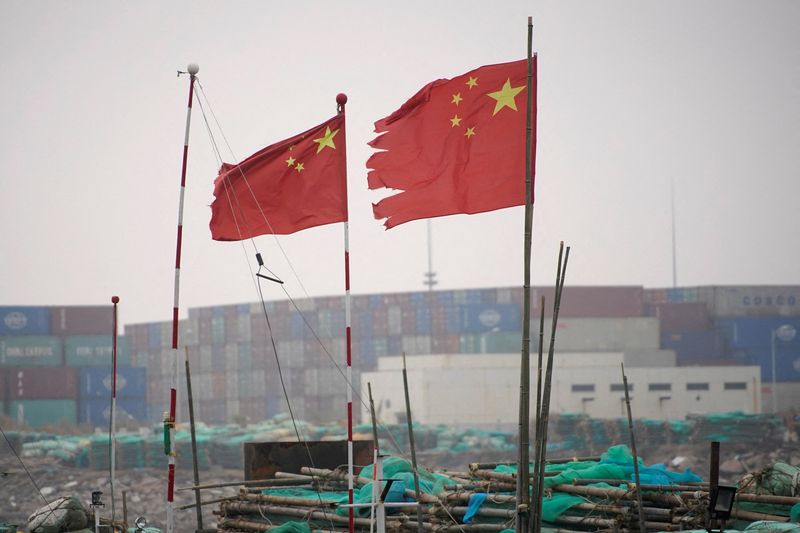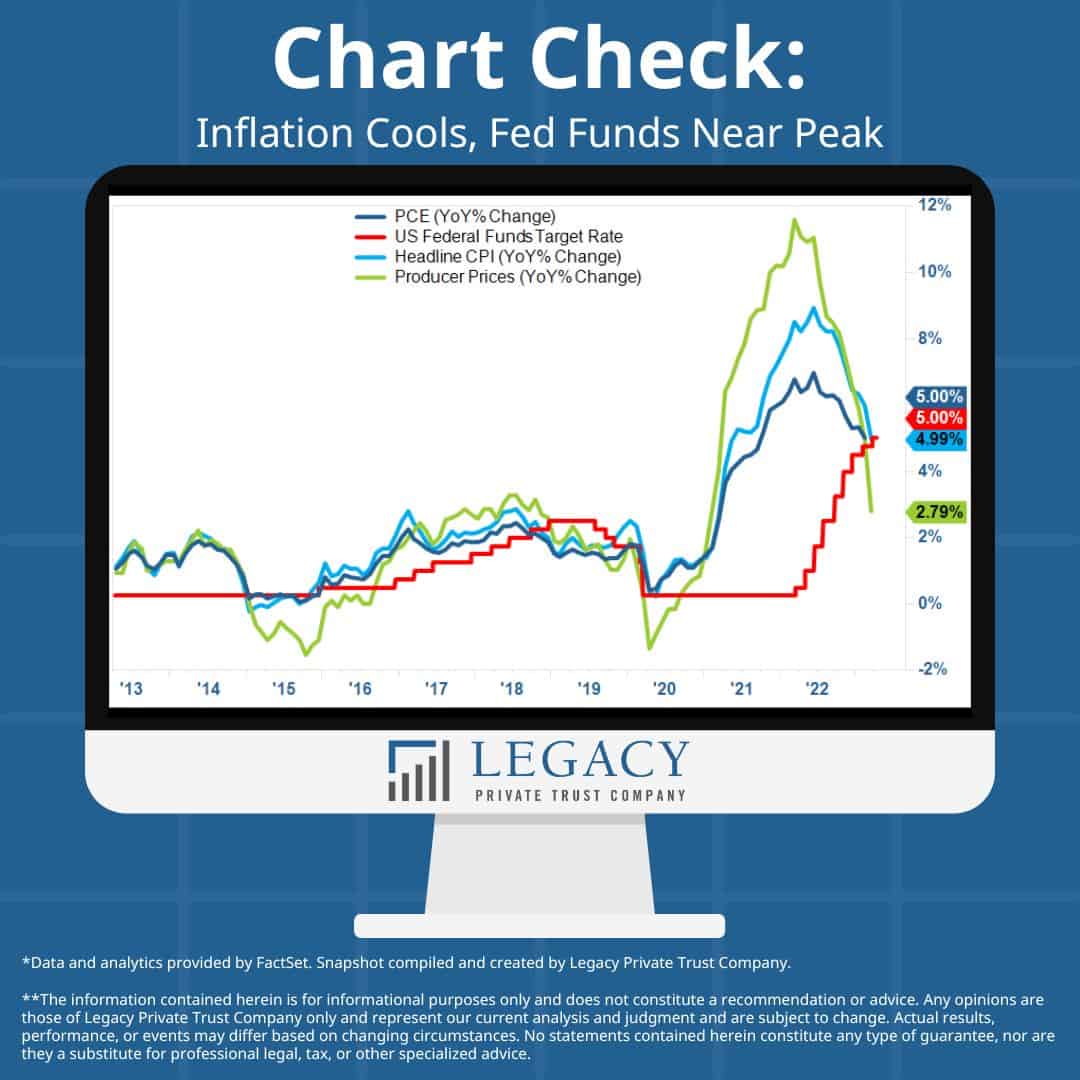Let’s be brutally honest, folks. The latest CPI data out of China is… underwhelming, to say the least. While we saw a modest month-over-month bump in April, largely fueled by gold, travel, and imported beef, the year-over-year numbers remain firmly in negative territory for the third consecutive month. This isn’t a temporary blip – it’s a signal that demand is seriously lacking.
We’re seeing a perfect storm: a persistent downtrend in pork prices (the staple protein for many Chinese consumers), declining prices for replacement goods, and sluggish spending on everything from clothing and booze to education and household services. The situation is grim, and it demands attention.
And it’s not just consumer prices. Producer Price Index (PPI) is also diving, dragged down by stubbornly high tariffs and a downturn in construction. The PMI data reinforces this trend, suggesting that PPI declines will likely worsen in the coming months.
Now, the easing of trade tensions with the US is a positive development – it’s removed some downside risk for exports. But it’s not enough. Let’s be clear: resolving trade disputes doesn’t automatically translate into domestic demand.
Knowledge Point – Decoding China’s Price Dynamics:
China’s CPI and PPI act as vital barometers of economic health. CPI reflects the price changes consumers experience, while PPI tracks prices at the producer level. Combined, they reveal broader inflationary or deflationary pressures.
Falling PPI signals weakening corporate profitability, potentially leading to reduced investment and hiring. A negative CPI indicates muted consumer spending, further dampening economic activity. Understanding these trends is crucial for investors.
Currently, China is battling deflationary pressures. Deflation creates a vicious cycle: consumers delay purchases expecting further price drops, shrinking demand, and hurting businesses.
Therefore, a robust and targeted fiscal stimulus package, aimed at boosting domestic demand, is absolutely critical to resuscitate price levels and get the Chinese economy back on track. It’s not a matter of ‘if’, but ‘how quickly’ this happens. The government needs to open the spending taps – and soon.







